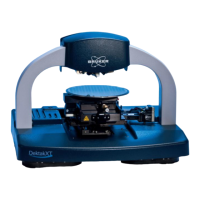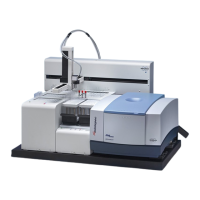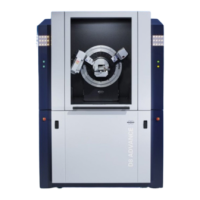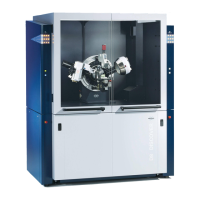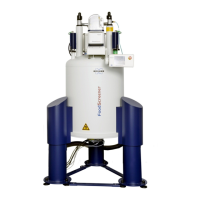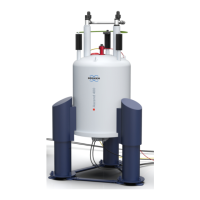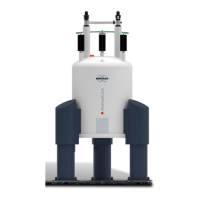5.2 Energy-Channel Calibration QUANTAX EDS
53
Energy-Channel Calibration
Correct energy-channel calibration is a prerequisite for reliable qualitative and quantitative analysis
results. Calibration should be checked on a regular basis or after re-start of the signal processing
unit (SVE).
Do not confuse energy-channel calibration
with system factor calibration (
-based quantification; for details see
section 5.12.3 and 5.12.4).
Set a calibration sample into the analysis
position
Use a sample with any element in the mid
energy range (Mn
– Zn) without peak overlap
concentration. Preferably use
single element standards (e.g. pure copper) to
avoid peak misidentification, improve speed
and accuracy.
Set the beam current to produce an
intermediate count rate
Use microscope controls. Set appropriate
magnification on a homogeneous sample
area.
Select element and spectral line for
calibration.
Use K
α
lines whenever possible.
energy channel calibration
The test corresponds to the current
EDS configurator. The acceptable
deviation value is between +
If not, proceed with step 6.
Select Pulse throughput and Energy
range under Settings to calibrate.
Choose accuracy and click .
The calibration data is not user specific.
Changes in calibration will affect all users of
the ESPRIT software.
